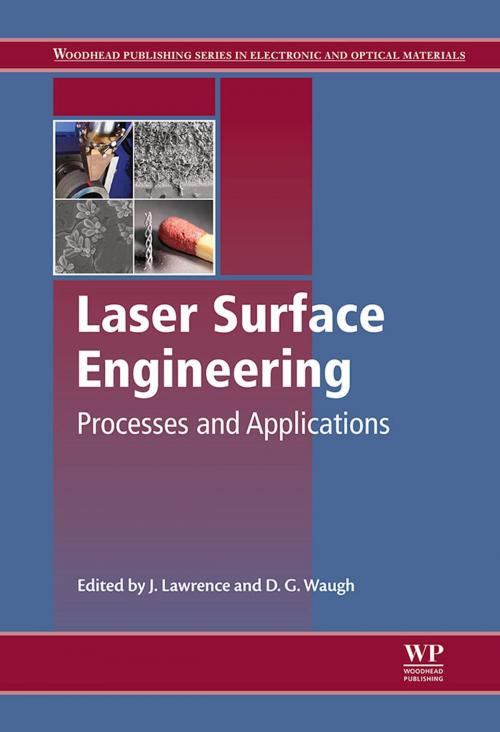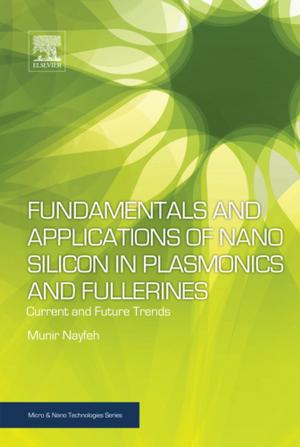Laser Surface Engineering
Processes and Applications
Nonfiction, Science & Nature, Technology, Lasers, Optics| Author: | ISBN: | 9781782420798 | |
| Publisher: | Elsevier Science | Publication: | October 2, 2014 |
| Imprint: | Woodhead Publishing | Language: | English |
| Author: | |
| ISBN: | 9781782420798 |
| Publisher: | Elsevier Science |
| Publication: | October 2, 2014 |
| Imprint: | Woodhead Publishing |
| Language: | English |
Lasers can alter the surface composition and properties of materials in a highly controllable way, which makes them efficient and cost-effective tools for surface engineering. This book provides an overview of the different techniques, the laser-material interactions and the advantages and disadvantages for different applications. Part one looks at laser heat treatment, part two covers laser additive manufacturing such as laser-enhanced electroplating, and part three discusses laser micromachining, structuring and surface modification. Chemical and biological applications of laser surface engineering are explored in part four, including ways to improve the surface corrosion properties of metals.
- Provides an overview of thermal surface treatments using lasers, including the treatment of steels, light metal alloys, polycrystalline silicon and technical ceramics
- Addresses the development of new metallic materials, innovations in laser cladding and direct metal deposition, and the fabrication of tuneable micro- and nano-scale surface structures
- Chapters also cover laser structuring, surface modification, and the chemical and biological applications of laser surface engineering
Lasers can alter the surface composition and properties of materials in a highly controllable way, which makes them efficient and cost-effective tools for surface engineering. This book provides an overview of the different techniques, the laser-material interactions and the advantages and disadvantages for different applications. Part one looks at laser heat treatment, part two covers laser additive manufacturing such as laser-enhanced electroplating, and part three discusses laser micromachining, structuring and surface modification. Chemical and biological applications of laser surface engineering are explored in part four, including ways to improve the surface corrosion properties of metals.
- Provides an overview of thermal surface treatments using lasers, including the treatment of steels, light metal alloys, polycrystalline silicon and technical ceramics
- Addresses the development of new metallic materials, innovations in laser cladding and direct metal deposition, and the fabrication of tuneable micro- and nano-scale surface structures
- Chapters also cover laser structuring, surface modification, and the chemical and biological applications of laser surface engineering















